
How to Use Mosfet: Examples, Pinouts, and Specs
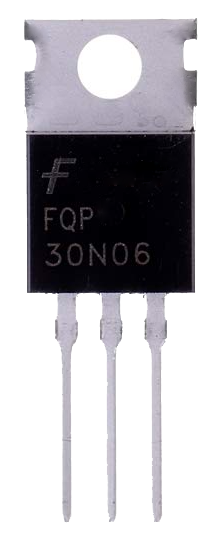
 Design with Mosfet in Cirkit Designer
Design with Mosfet in Cirkit DesignerIntroduction
The FQP30N06 is a N-Channel MOSFET produced by AG412C that is widely used in power electronics for its high efficiency and fast switching capabilities. This electronic component is suitable for a variety of applications, including power supply, motor control, and high-speed switching circuits.
Explore Projects Built with Mosfet
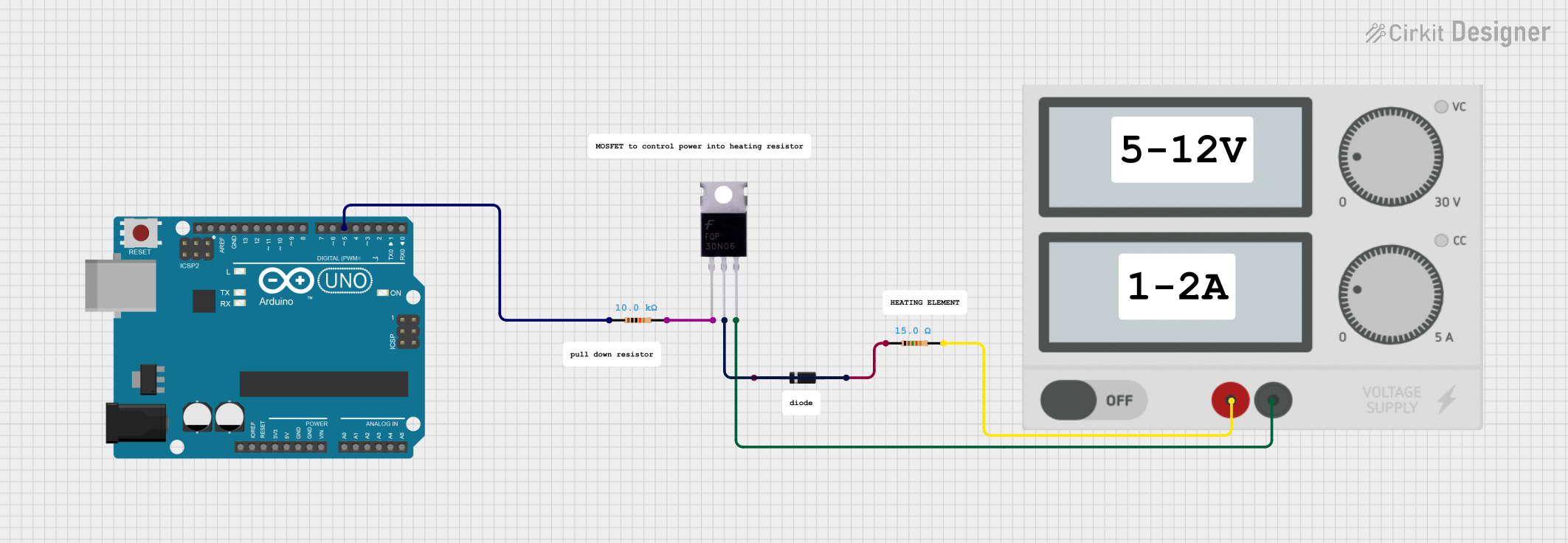
 Open Project in Cirkit Designer
Open Project in Cirkit Designer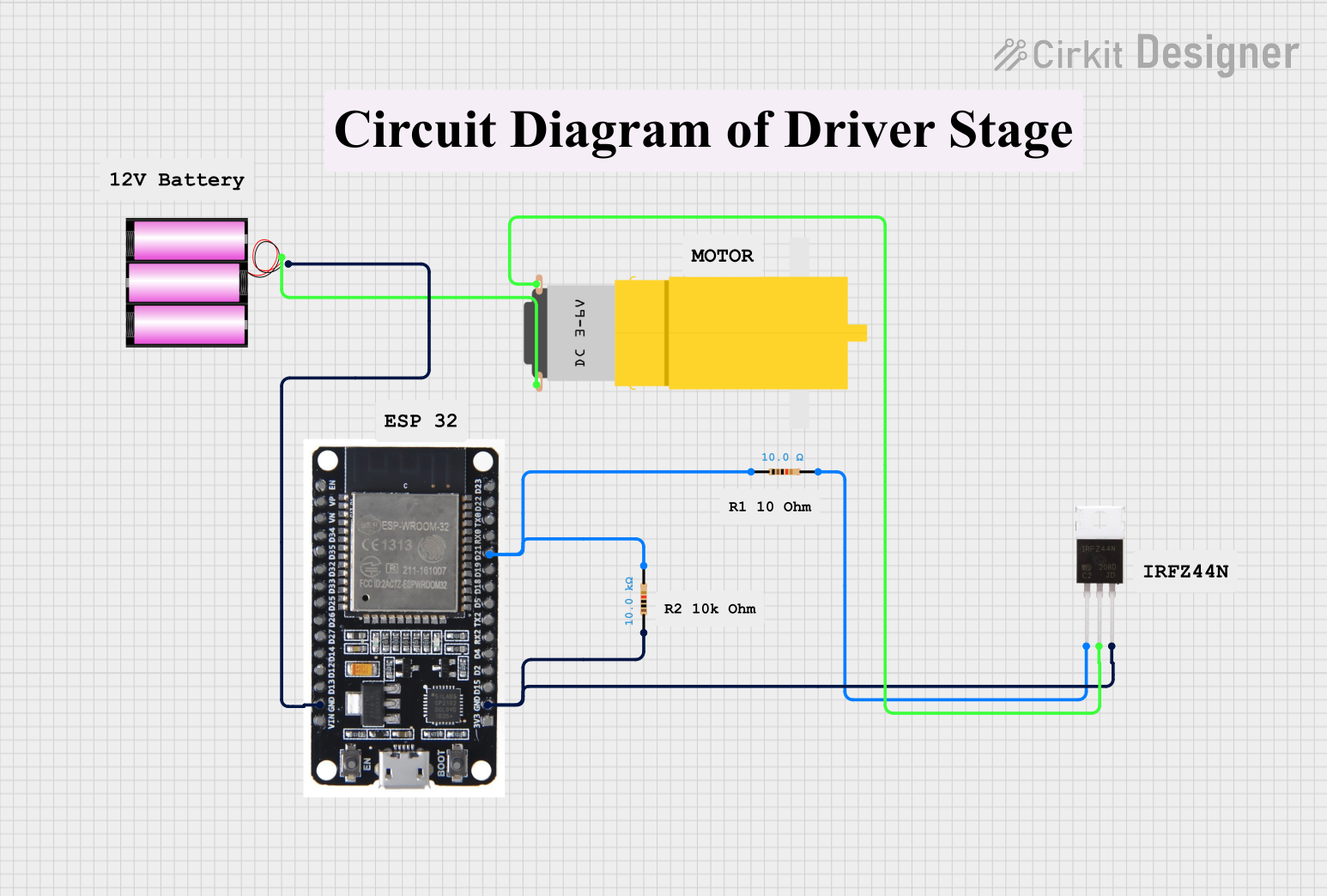
 Open Project in Cirkit Designer
Open Project in Cirkit Designer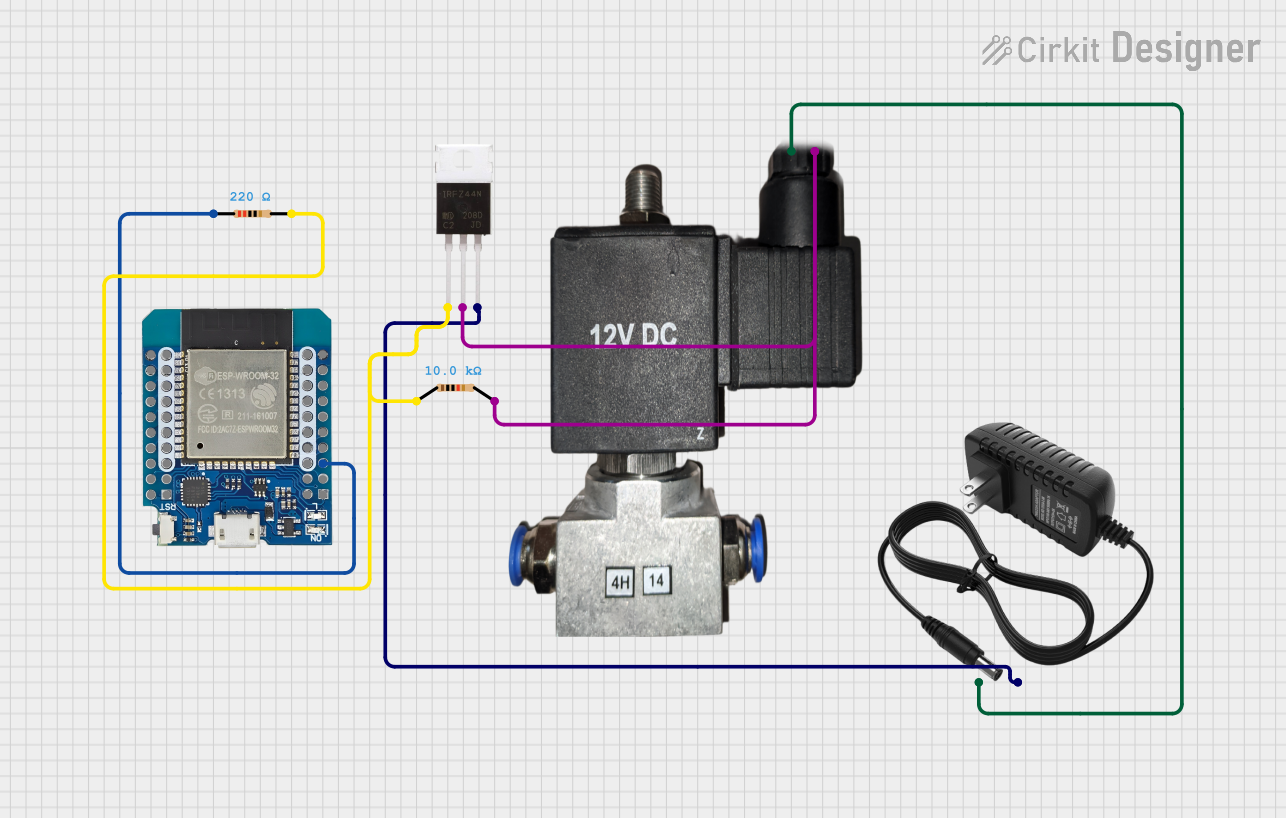
 Open Project in Cirkit Designer
Open Project in Cirkit Designer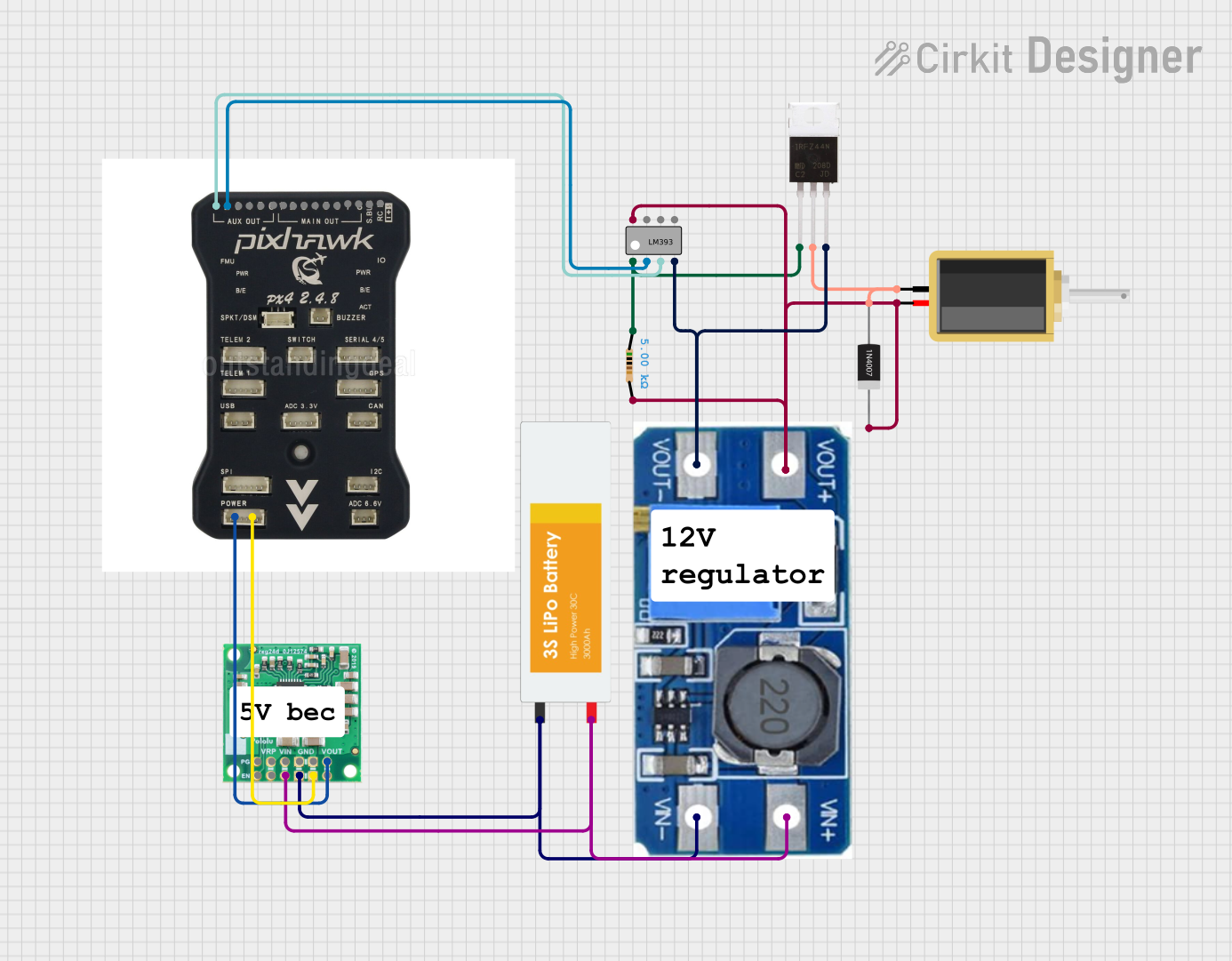
 Open Project in Cirkit Designer
Open Project in Cirkit DesignerExplore Projects Built with Mosfet

 Open Project in Cirkit Designer
Open Project in Cirkit Designer
 Open Project in Cirkit Designer
Open Project in Cirkit Designer
 Open Project in Cirkit Designer
Open Project in Cirkit Designer
 Open Project in Cirkit Designer
Open Project in Cirkit DesignerCommon Applications
- DC-DC Converters
- Motor Drivers
- Power Management
- Switch Mode Power Supplies (SMPS)
- High-speed switching applications
Technical Specifications
Key Technical Details
- Type: N-Channel MOSFET
- Drain-Source Voltage (Vdss): 60V
- Continuous Drain Current (Id): 32A
- Power Dissipation (Pd): 79W
- Rds(on): 0.035Ω
- Total Gate Charge (Qg): 18nC
- Operating Temperature Range: -55°C to +175°C
Pin Configuration and Descriptions
| Pin Number | Name | Description |
|---|---|---|
| 1 | Gate | Controls the MOSFET's on/off state |
| 2 | Drain | Connected to the high potential end of the load |
| 3 | Source | Connected to the low potential end (commonly ground) |
Usage Instructions
How to Use the FQP30N06 in a Circuit
- Gate Drive: Apply a voltage between the Gate and Source pins to turn the MOSFET on. Ensure the voltage is within the specified gate threshold voltage range.
- Load Connection: Connect the load between the Drain and the power supply. The Source pin is typically connected to ground.
- Heat Management: Use a heatsink if the MOSFET is expected to dissipate significant power during operation.
Important Considerations and Best Practices
- Gate Voltage: Do not exceed the maximum gate-source voltage to prevent damage.
- Current Rating: Ensure the current through the MOSFET does not exceed the maximum continuous drain current rating.
- Thermal Considerations: Monitor the operating temperature and use proper heat sinking to prevent overheating.
- Switching Speed: Use appropriate gate resistors to control the switching speed and to minimize ringing.
Example Circuit: Driving a Motor with Arduino UNO
// Define the pin connected to the MOSFET gate
const int mosfetGatePin = 3;
void setup() {
// Set the MOSFET gate as an output
pinMode(mosfetGatePin, OUTPUT);
}
void loop() {
// Turn on the MOSFET by applying a high voltage to the gate
digitalWrite(mosfetGatePin, HIGH);
delay(1000); // Keep the motor on for 1 second
// Turn off the MOSFET by applying a low voltage to the gate
digitalWrite(mosfetGatePin, LOW);
delay(1000); // Keep the motor off for 1 second
}
Troubleshooting and FAQs
Common Issues
- MOSFET Does Not Turn On: Ensure the gate voltage is above the threshold and the gate-source voltage is within the specified range.
- MOSFET Overheating: Check for excessive current or insufficient heat sinking.
- Unexpected Switching: Ensure there are no stray voltages on the gate and that the gate is driven properly.
Solutions and Tips
- Gate Drive: Use a gate driver if the Arduino cannot provide sufficient current to charge the gate capacitance quickly.
- Heat Sinking: Attach a heatsink to the MOSFET if it is dissipating a lot of power.
- Gate Protection: Use a gate resistor to limit the inrush current and a zener diode to clamp the voltage to a safe level.
FAQs
Q: Can I drive this MOSFET directly with an Arduino? A: Yes, the FQP30N06 can be driven directly by an Arduino's digital output pins, as long as the gate threshold voltage is met.
Q: What is the maximum current this MOSFET can handle? A: The FQP30N06 can handle a continuous drain current of 32A, but make sure to consider power dissipation and thermal management.
Q: Do I need a current limiting resistor for the motor? A: A current limiting resistor is not typically required for the motor when using a MOSFET, but it is important to ensure the motor's current does not exceed the MOSFET's specifications.
Q: How can I improve the switching speed of the MOSFET? A: To improve the switching speed, use a lower value gate resistor, but be cautious of the increased inrush current and potential for electromagnetic interference (EMI).